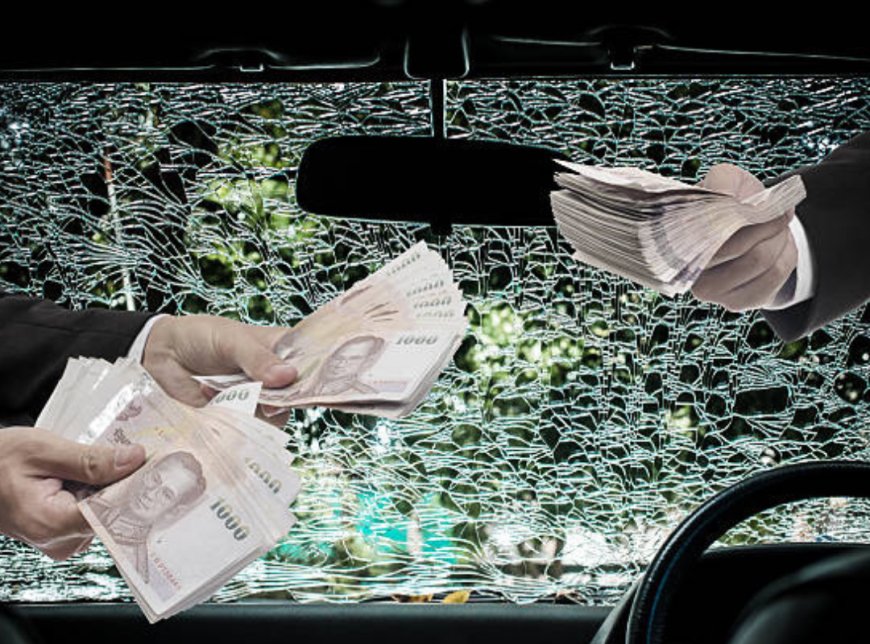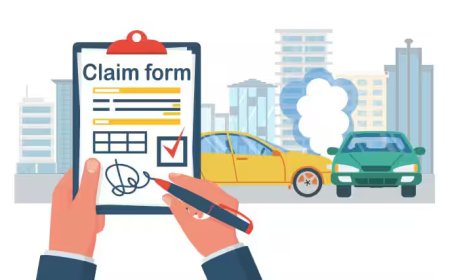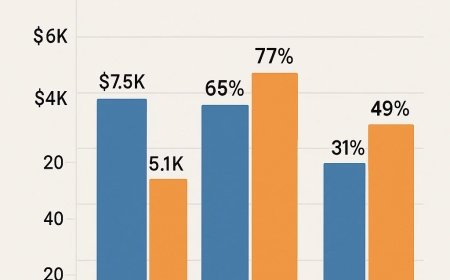How Much Does Auto Glass Replacement Cost in 2025?
Discover how much auto glass replacement costs in 2025, including regional pricing, insurance factors, and OEM vs aftermarket options.

In 2025, the cost of auto glass replacement will be influenced by a wide variety of factors that range from vehicle type to technological integration. As cars continue to evolve with advanced driver-assistance systems (ADAS), panoramic windshields, and smart sensors, the price tag for replacing glass has seen noticeable increases over recent years. On average, car owners should expect to pay anywhere from $250 to $650 for standard windshield replacements. However, the cost can soar to over $1,200 for vehicles equipped with newer features. Understanding what youre paying for can help you make informed decisions when choosing a service provider.
Key Factors That Affect Auto Glass Replacement Prices
Several elements contribute to the final cost of auto glass replacement. The make and model of your vehicle play a significant role. For instance, luxury vehicles or electric cars like Teslas usually have higher-priced windshields due to proprietary glass designs. Additionally, labor charges, geographic location, and even seasonal demand can alter pricing. Most importantly, if your vehicle includes ADAS, recalibration services will be required after replacement, which alone can add $100 to $300 to your bill. As such, it's crucial to request a full quote in advance that includes parts, labor, and calibration to avoid surprises.
Regional Costs and Considerations
Regional differences can also impact what youll pay. For example, auto glass replacement in Northern California tends to be on the higher end of the spectrum due to increased labor costs and a higher cost of living. In addition, local regulations and environmental considerations, such as eco-disposal fees for damaged glass, may add to your overall bill. While some mobile services offer convenience and affordability, others may charge a premium for traveling to remote areas. Therefore, comparing at least three local quotes in your area can be an effective strategy to manage costs without compromising quality.
Types of Auto Glass and How They Influence Pricing
Not all auto glass is created equal. There are several types to be aware of, each with its price range. Laminated glass, often used for windshields, provides better protection and noise reduction but is more expensive to manufacture and replace. Tempered glass, used for side and rear windows, is generally cheaper but lacks the same level of durability. Some newer vehicles come with acoustic or solar-coated glass, which further increases the cost due to their enhanced performance characteristics. The type of damage, whether a chip, crack, or total shatter, will also determine whether a repair or a full replacement is necessary, influencing the final amount youll spend.
Insurance Coverage and Deductibles for Auto Glass
When considering auto glass replacement, its essential to check your insurance coverage. Many comprehensive auto insurance policies include glass coverage, either in full or with a deductible. Some insurance providers even offer zero-deductible glass repair as part of their premium plans. That said, submitting a claim might raise your premium later, depending on your insurers policies. Before making a decision, consult with your insurance representative to assess the impact. If your deductible is close to the replacement cost, paying out of pocket might save you money in the long run.
OEM vs Aftermarket Glass: Whats the Difference?
One of the crucial decisions youll need to make is whether to opt for Original Equipment Manufacturer (OEM) glass or aftermarket alternatives. OEM glass is made by the same company that supplied the original windshield, ensuring a perfect fit and comparable quality. However, it typically costs 3050% more than aftermarket options. Aftermarket glass, while more affordable, can vary in quality and fit. If your car relies on precise sensor alignment or has unique design features, sticking with OEM glass may be a wiser, albeit more expensive, choice. Always ask the repair shop which type they use before committing to service.
Mobile Services vs In-Shop Replacements
Another cost-related factor is whether you choose a mobile service or go to an in-shop provider. Mobile services are ideal for convenience, especially if youre unable to drive your vehicle. While many offer competitive pricing, some may add travel fees or surcharges for on-site calibration. In-shop services, on the other hand, often provide more controlled environments for accurate installations and recalibrations. Depending on your priorities, whether it's cost, convenience, or precision, you'll want to weigh the pros and cons of each service type carefully.
Warranty and Customer Support Considerations
Beyond the initial cost, the value of strong warranty coverage and excellent customer support should not be underestimated. Reputable auto glass companies often offer warranties that range from six months to a lifetime against defects or installation issues. This added security may justify a slightly higher upfront price. Additionally, responsive customer service can make a big difference when scheduling repairs or handling post-installation issues. Always check reviews and testimonials to gauge a companys reliability and commitment to service excellence.
Environmental and Recycling Costs
In 2025, environmental sustainability continues to be a growing concern. Some states and localities now require auto glass recyclers to follow strict disposal protocols, which may result in added fees passed down to consumers. Fortunately, many reputable auto glass companies are participating in green initiatives, repurposing broken glass for use in construction materials or fiberglass insulation. By supporting these businesses, not only do you contribute to environmental well-being, but you also help promote industry practices that may eventually drive costs down through recycling efficiencies.
Final Thoughts
The cost of auto glass replacement in 2025 is more nuanced than a simple price tag. From the complexity of your vehicles features to the region in which you live, every factor plays a role in determining the final amount youll pay. That said, the most important takeaway is this: dont automatically go for the cheapest option. Balancing cost with quality, safety, and long-term reliability should be your priority. Investing a little more in trusted service providers or higher-quality materials can save you from recurring issues and costly repairs down the road. So before making your choice, take the time to do your research, gather multiple quotes, and understand whats included in your package.








&srotate=0)























